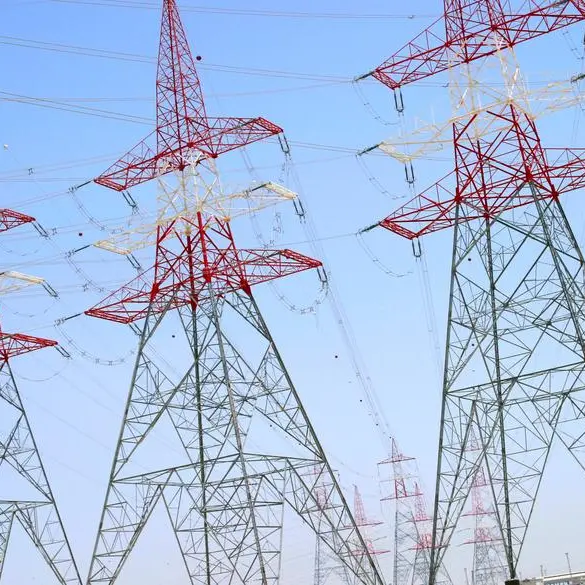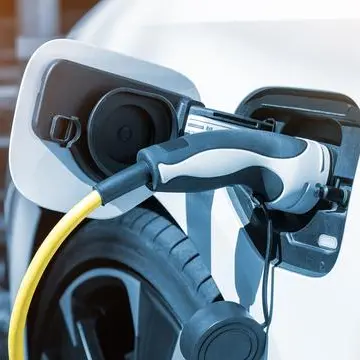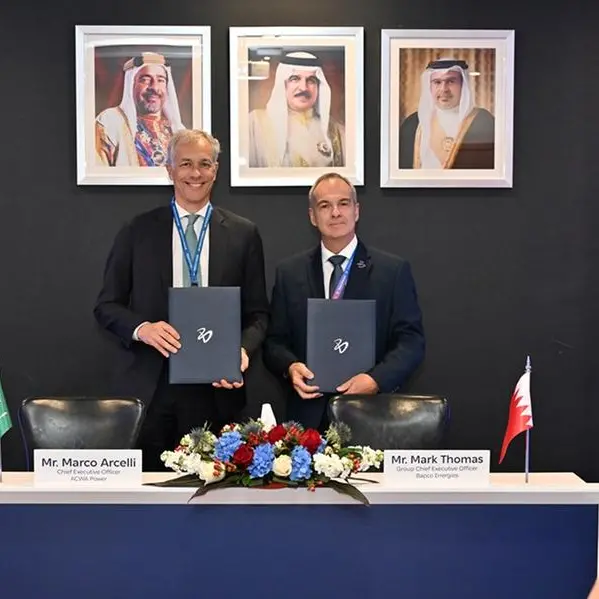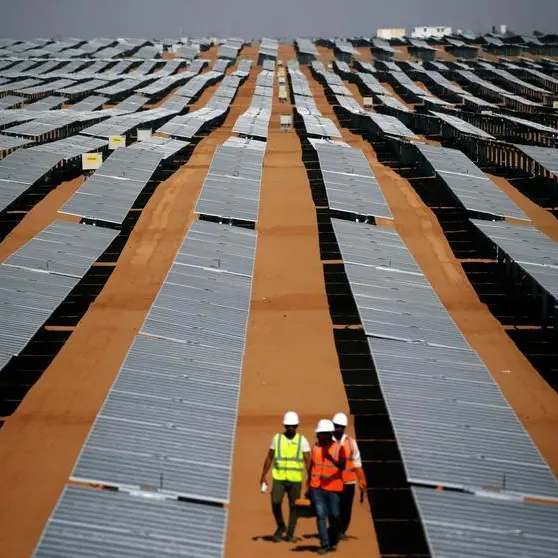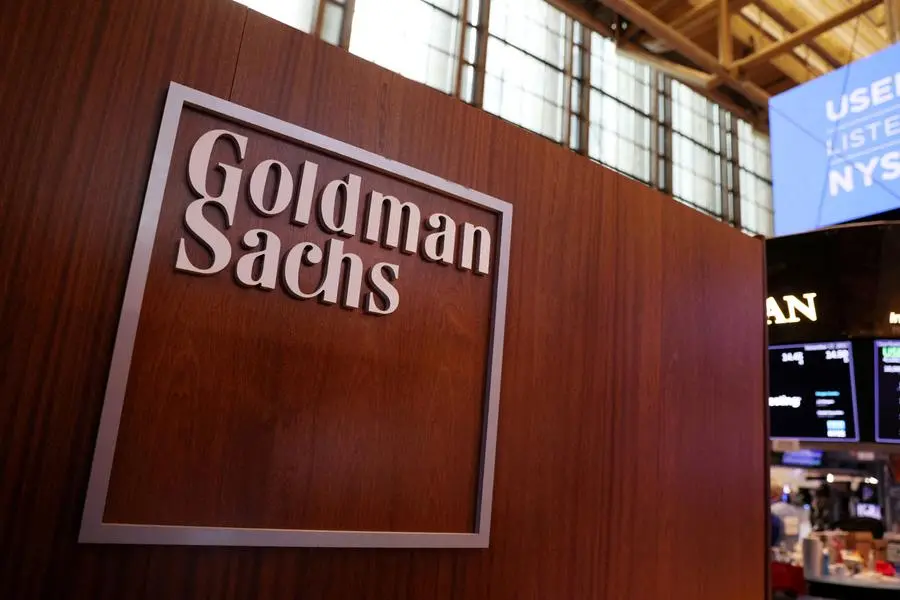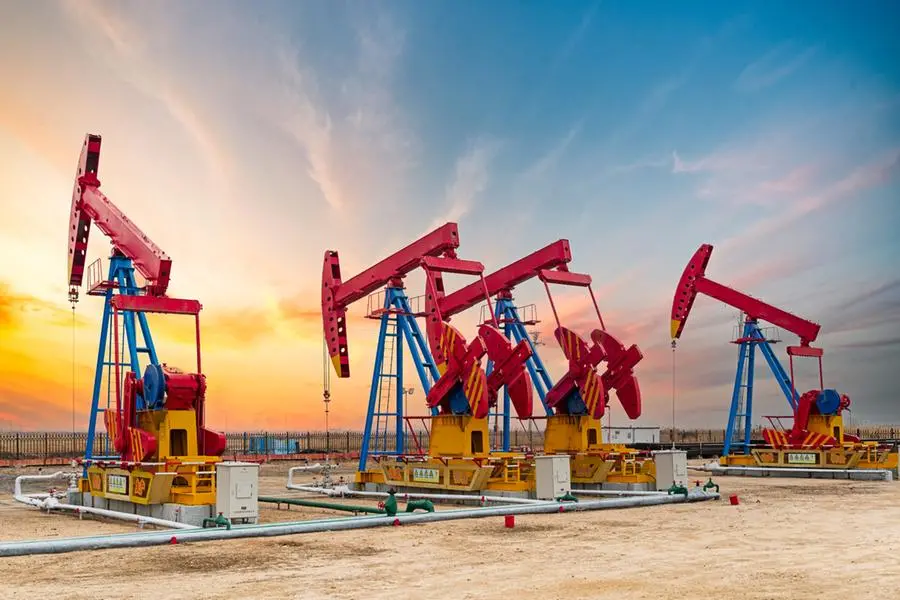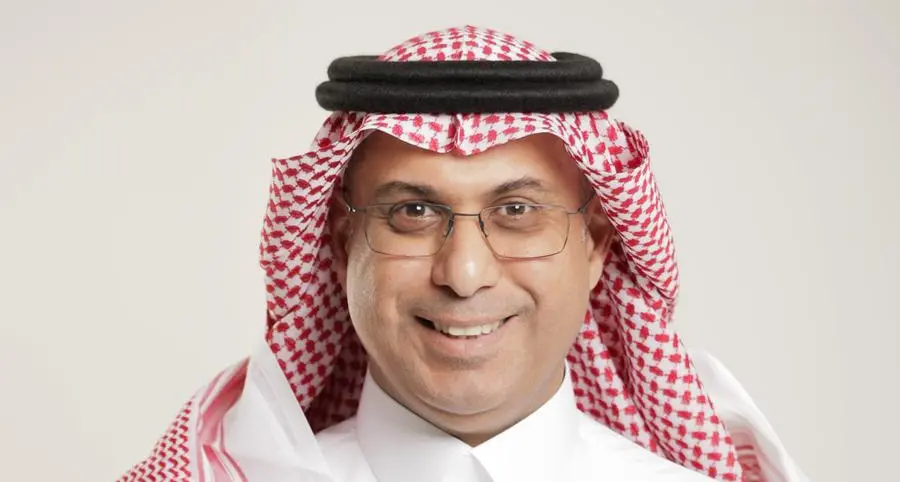PHOTO
(Company headquarters and introduction corrected in the third paragraph)
Last year, a study by the United Nations University (UNU) and Earth’s Future journal found that during the 2020–2021 period, the global Bitcoin mining network consumed 173.42 Terawatt hours of electricity. The resulting carbon footprint was equivalent to that of burning 84 billion pounds of coal or operating 190 natural gas-fired power plants. To offset this footprint, 3.9 billion trees would have to be planted, covering an area almost equal to 7 percent of the Amazon rainforest.
This year, the Bitcoin halving event, which occurs every four years, took place on April 19. This event is expected to increase power and energy consumption in the Bitcoin mining sector, as miners will need to expend more resources to mine the same amount of Bitcoin.
Nangeng Zhang, Founder, Chairman and CEO of Singapore-based Bitcoin mining machine company Canaan told Zawya Projects that post-halving, miners will need to increase energy consumption and cut costs to stay profitable.
“After Bitcoin halving this April, we expect the price will go through ups and downs and hope it will hit the historical peak eventually. On the other hand, miners will have to increase power and energy consumption to mine the same amount of Bitcoin and strive to reduce costs to maintain profitability amid high SG&A [Selling, General, and Administrative Expenses],” he said.
He pointed out Bitcoin mining will likely become dominated by large-scale capital players.
As the world’s first Bitcoin mining machine manufacturer listed on Nasdaq, Canaan has been at the forefront of Bitcoin mining rig development and manufacturing. It is credited with pioneering the world’s first Bitcoin miner based on Application-Specific Integrated Circuit (ASIC) chips.
At the recently concluded Blockchain Life 2024 in Dubai, the company presented some of its advanced mining solutions and strategies for green mining of Bitcoin in the region.
Nangeng pointed out that Canaan's efficient chip design and advanced mining machines, including air-cooled and immersion liquid-cooled models, support green mining initiatives. He noted that the company’s one-stop mining solutions are designed to adapt to mining farms in various environments including high-temperature, dusty and sandy scenarios prevalent in the region.
He said the company's latest pocket-sized Avalon Nano 3 Bitcoin miner provides warmth during chilly winters while in hotter climates like the Middle East, the warm air generated by the device can be repurposed to keep belongings dry.
“The Avalon Nano 3 creatively raises awareness about Bitcoin mining while making it more accessible to everyone,” observed Nangeng.
Excerpts from the interview
Could you share an overview of the Bitcoin mining sector and its future opportunities and challenges?
Bitcoin mining involves digitally adding transaction records to the block chain, a publicly distributed ledger that holds the history of every Bitcoin transaction. Miners contribute to a decentralised peer-to-peer network, ensuring its trustworthiness and security. These miners use immense computing power to solve complex mathematical problems, and when a solution is found, the latest block of confirmed transactions is added to the blockchain.
Traditional miners have tended to pursue absolute high financial returns but the new funds are inclined to pursue more sustainable, stable, long-term, reliable, and efficient Bitcoin mining investment. They will need new mining rigs with high ROI as well as mature solutions to deploy mining more easily.
This puts forward certain requirements and challenges for the transformation of the business model of mining machine manufacturers. The ability of mining machine manufacturers to provide integrated solutions in terms of chip design and supply, mining machine production, environmentally friendly and sustainable program design, overall mine construction, operation and maintenance, stable and cheap power acquisition will be a key differentiator in determining future industry leaders.
Advancements in ASIC technology continue to increase mining efficiency, reducing energy consumption per hash, and driving down operational costs. Modern and reliable equipment remains crucial for competitiveness in the Bitcoin mining industry. Canaan has recently launched the star product A 1566 of Avalon A15 series, an upgraded bitcoin mining machine with most advanced technology. This series reflects Canaan's intensified efforts in product development, market research and collaboration with key partners to deliver high quality, resilient mining solutions, especially crucial in the post-halving era.
The industry may see increased diversification in mining operations, with a greater focus on renewable energy sources and innovative cooling solutions to mitigate environmental concerns.
What are some of the latest trends and developments in sustainable Bitcoin mining?
Green mining solutions have made a significant contribution to global climate action. According to the Bitcoin ESG Forecast, Bitcoin mining is currently the highest user of sustainable energy (54.5 percent) across multiple subsectors, and has achieved an increase in sustainable mining of 3.6 percent for the calendar year of 2023 compared with other global industries.
This indicates a significant shift towards green crypto mining, utilising solar power, hydroelectric power, and nuclear energy, essential for reducing mining operations' carbon footprint. By utilising renewable energy sources such as hydroelectric, solar, and wind power, these solutions help mitigate carbon emissions associated with traditional fossil fuel-based mining operations. This shift towards sustainability not only lowers the carbon footprint of bitcoin mining but also promotes the adoption of renewable energy technologies, further advancing the global transition to a low-carbon economy.
Green bitcoin mining also involves good use of wasted energy. Approximately 139 billion cubic metres of natural gas were flared globally in 2022. This quantity is equivalent to the total natural gas consumption in Central and South America. The main challenge is that the energy cannot be stored or transported economically, leading to its combustion. This usually occurs in remote areas where it is impractical to connect to the power grid or pipelines.
We believe that Bitcoin mining has the potential to significantly reduce emissions caused by combustion. This is because mining rigs and necessary generators can be placed in containers, like our Avalon box, and operated in remote areas far from the existing power grid.
Canaan is committed to more efficient chip design and development, and innovated high-efficiency air-cooled and immersion liquid-cooled mining machines. Leveraging its advanced experience in mine construction and management, along with mature waste heat utilisation solutions, Canaan offers customers efficient, green, and sustainable mining solutions with excellent delivery capabilities.
Could you comment on the growth in the Middle East’s blockchain market?
The Gulf Cooperation Council (GCC) aims to install 80 gigawatts (GW) of renewable energy capacity across its six member states by 2030, accounting for over half of the Council’s existing conventional capacity.
Governments and enterprises in the Middle East are increasingly exploring blockchain solutions for various applications, including supply chain management, smart contracts, and digital identity verification. Blockchain technology is seen as a way to improve transparency, efficiency, and security in sectors such as finance, healthcare, and logistics.
We have noticed numerous blockchain companies and digital currency institutions setting base in the region, and expanding their business globally. Web 3.0 companies have had their IPOs on the Abu Dhabi Stock Exchange oversubscribed. This shows the ambition of governments and financial institutions in the region to enter the digital currency/Web3 space.
The Middle East’s commitment to green development aligns well with the potential of blockchain in the energy sector. That is the reason that Canaan regards the region as one of the most crucial markets for Bitcoin mining in the world.
Canaan has already supplied projects in the UAE and Oman and has made positive contributions to accelerating the region's new economic transformation and embracing Web 3.0 with local partners. We are committed to continuing to invest in the region to help customers make better use of existing power facilities and promote the new energy transition.
How is green mining contributing to global climate action?
The concept of green mining is evolving, with terms like "zero carbon" and "carbon neutral" reflecting different levels of environmental stewardship. The mining industry is making significant strides in powering mining operations with renewable energy. The use of solar, wind, and hydroelectric power not only reduces our reliance on fossil fuels but also significantly lowers our carbon emissions.
Optimising the mining equipment, such as the development of our latest ASICs, are designed to maximise hash rate while minimising power consumption. Innovative mining solutions to repurpose the heat generated by mining activities reduces the energy demand from other sources.
With technological advancements and a growing demand for environmental-friendly crypto solutions, the future of sustainable mining practices is bright. It is crucial for bitcoin miners to prioritise sustainability and work towards minimising their impact on the environment. By making efforts together, we can create a more sustainable and environmentally conscious future for bitcoin mining.
(Reporting by Anoop Menon; Editing by SA Kader)
Subscribe to our Projects' PULSE newsletter that brings you trustworthy news, updates and insights on project activities, developments, and partnerships across sectors in the Middle East and Africa.


